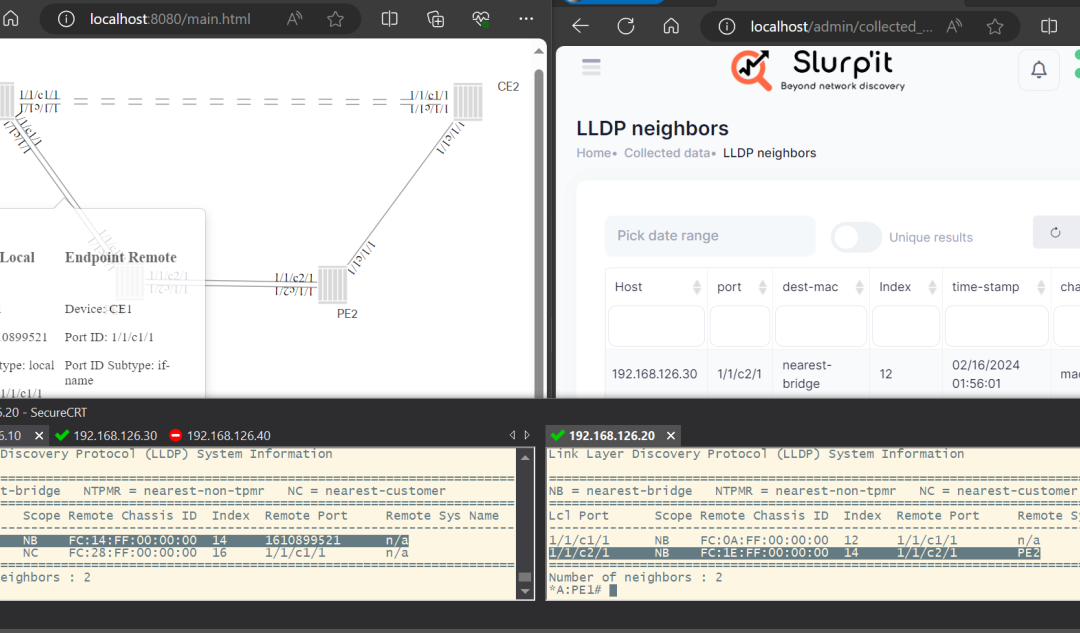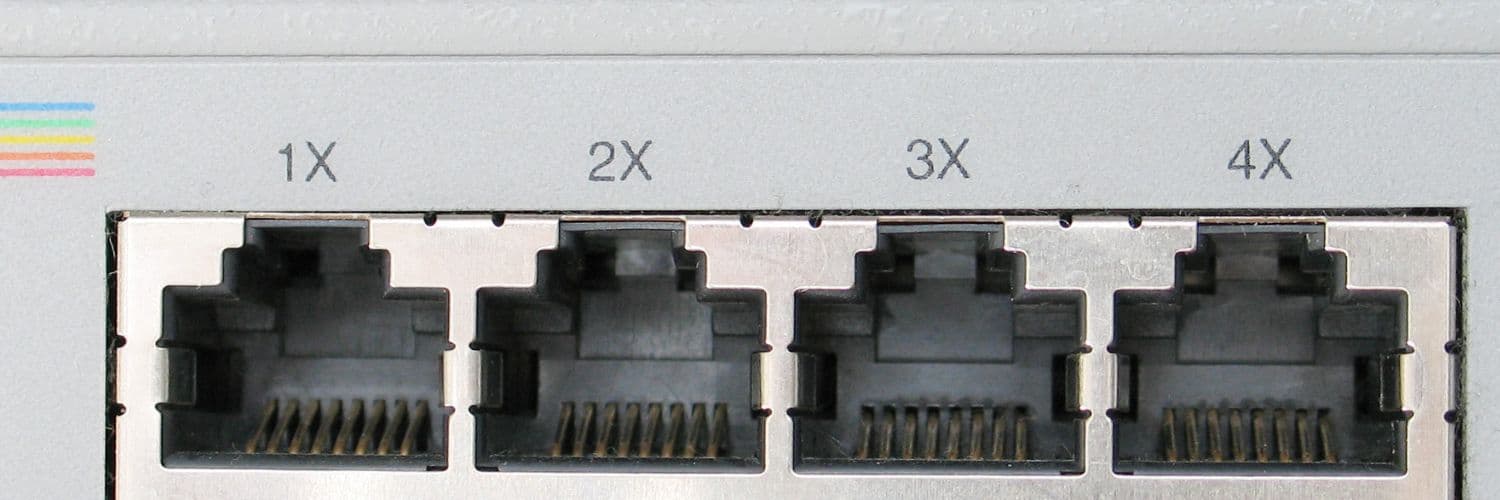We all know – as a business of now, how important networks are for us to communicate. We share data and access resources, but what about the increasing complexity which comes with scaling?
Businesses must have a clear understanding of what devices are connected to their network and how each is configured. This is where it come into the play.
These tools give organisations the ability to map in fact identify all the devices. It can be anything like – server, router, switches, or even IoT devices. With this, businesses can maintain a secure network infrastructure. But are there any options available?
What are the different types of network discovery tools?
Yes, there are multiple types of tools available. Whether you are looking for commercial solutions or some open source alternatives, you will get an option. Each type comes with its own set of features, more importantly capabilities, like:
Passive network discovery tools
The passive tools mostly collect information about devices on a network without actively sending any network packets. They monitor all the network traffic and then analyse the data to identify connected devices. But do remember that – passive tools are non intrusive, it provides valuable insights into both network’s topology and device behaviour.
Active network discovery tools
Next comes the active versions. These tools actively send network packets to devices on the network. It further determines their presence and characteristics. The protocols used here are ICMP and SNMP. These tools are more thorough in nature and provide detailed information about both the devices and their configuration.
Hybrid network discovery tools
This one is a combination of both active and passive network discovery tools. These tools leverage passive monitoring techniques, and then do active scanning to grab more detailed information. It’s all in all a comprehensive approach, and users get a deeper understanding of the network infrastructure.
But how to pick one?
Some criteria for evaluating network discovery tools:
- Look for the ease of use. The tool should have a user friendly interface n and intuitive workflows
- The tool should be able to handle networks of various sizes
- The tool should accurately detect and identify devices on the network
- The tool should be able to provide comprehensive network mapping features. Users can easily visualise the whole network topology
- The tool should have the ability to check out the security posture of devices on the network
- The tool should be compatible with the majority of the security solutions. For example, vulnerability scanners and SIEN systems.
Top open source network discovery tools
Now that we have discovered the importance of open source network discovery tools, followed by how we can pick the relevant one – it’s time to look into the top options you have in the box. We have listed down the features and how cost effective the option would be, so that you can pick better:
Nmap (Network Mapper)
It’s a powerful network scanning tool, and can be used for both active and passive network discovery. The tool comes with a range of scanning techniques and options. That’s why companies can easily gather detailed information about any device, open port, or any specific security running on the network.
Features of Nmap
- Active and passive scanning techniques
- Extensive port scanning capabilities
- Scriptable for custom scanning and automation
- Integration with multiple security tools and frameworks
Wireshark
Wireshark is yet another network protocol analyser. This tool captures and analyses network traffic. Primarily, wireshark is used for packet analysis. It can automatically discover devices by monitoring network traffic and identifying connected devices. The best part is – wireshark supports a wide range of protocols and provides detailed insights into complete network behaviour.
Features of Wireshark
- Live packet capture and analysis
- Supports a wide range of network protocols
- Deep packet inspection and filtering capabilities
- Customisable profiles and preference option available
OpenNMS
OpenNMS is yet another network management platform that comes with extreme network discovery capabilities. It can automatically discover devices on the network. Additionally, it can monitor their performance, and instantly generate alerts for potential issues. Similar to Nmap, even OpenNMS supports both active and passive discovery techniques.
Features of openNMS
- Automatic device discovery and mapping
- Performance monitoring and threshold based alerts
- Smooth event management and notifications
- Extensive reporting and visualisation options
- Integration with multiple network management systems
Zenmap
Last comes Zenmap, it’s the graphical user interface for Nmap. It provides an intuitive and user-friendly interface for network scanning and discovery. Users can easily configure the whole scanning options. They can view scan results and also analyse network data. It’s a great option for users who prefer a graphical interface over command line tools.
Features of Zenmap
- Graphical interface for Nmap scanning
- Configuration for scanning profiles and options
- Network topology visualisation
- Exporting and reporting capabilities.
We do know open source network discovery tools offer multiple benefits. It’s a cost effective alternative to commercial solutions. It comes with a high level of customisation and extensibility. One can easily integrate the tool with other open source security tools. But the learning curve is steeper. So, what can you do?
Well have a look at our own Discovery Tool: Slurp’it 🙂













